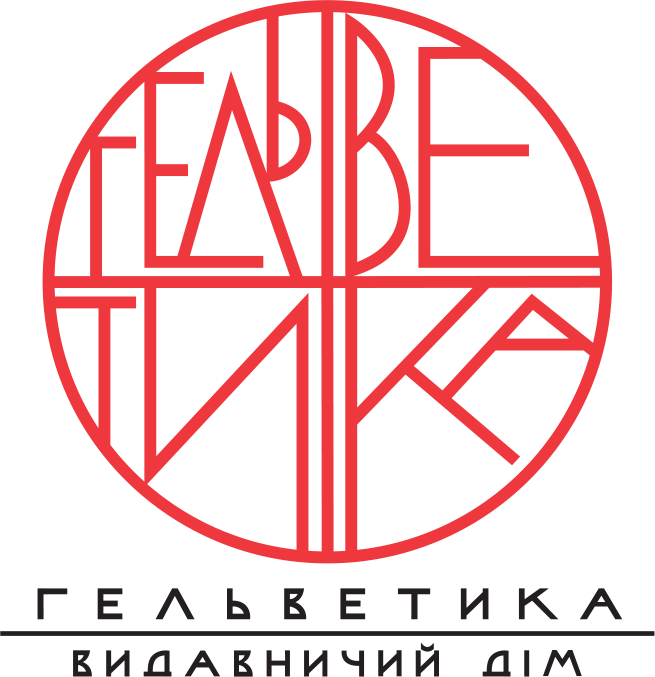DESIGN TECHNIQUES OF NATURE-INTEGRATED ARCHITECTURE IN THE FORMATION OF HYBRID HOUSING
DOI:
https://doi.org/10.32782/uad.2025.3.18Keywords:
design techniques, nature-integrated architecture, environmental friendliness, architecture of hybrid housing, nature-integrated design techniques, sustainable architecture, sustainable developmentAbstract
The article studies the use of design techniques of nature-integrated architecture in the formation of hybrid residential complexes. The features and varieties of application of natural elements are identified, attention is paid to the identification and classification of design techniques, the main features and promising directions of development of hybrid housing in combination with elements of nature-integrated architecture are determined.The subject of the study is the possibilities of using nature-integrated design techniques and methods of their incorporation into various spaces of hybrid residential complexes – in exterior and interior spaces. The relevance of the study is determined by the need to develop modern methods and conceptual solutions to change the balance of the relationship between the urban living environment and nature.The analysis of current trends in design and architecture has revealed the need to find relevant solutions in the formation of residential facilities that increase their functionality, meet the requirements of sustainable development, ensure the comfort of residents and users, and improve environmental conditions in the urban environment.According to the research of experts in architectural theory and the experience of practical design and construction of residential facilities in the urban environment, one of the promising areas for the development of residential development is the formation of hybrid housing and the inclusion of natural components in the structure of residential buildings.The integration of the natural component into residential buildings is one of the innovative architectural approaches aimed at restoring the connection between humans and nature in the context of urbanisation. Nature- integrated architecture is especially in demand in modern society in the context of an increase in urban areas, population growth and density in large cities, growing environmental and energy problems, epidemics, etc.One of the priority areas of sustainable urban development is the development of concepts for creating hybrid residential complexes that combine several interrelated functions and meet the ever-changing needs of residents, and have high aesthetic and environmental characteristics. Therefore, the application of design techniques and methods for incorporating the natural component into such objects, as discussed in this article, is one of the most effective ways to solve many problems of the urban environment.
References
Fenton J. Hybrid Buildings. Pamphlet architecture №11. New York, San Francisco. Princeton Architectural Press. 1985. 48 р.
Holl S. Architecture Spoken. New York: Rizzoli, 2007. 304 р.
Holl S. Steven Holl Volume 1: 1975-1998, GA /Tokyo A.D.A. Edita, 2012.
Haddadi S. The hybrid building concept. Topological characterisation as a project resource. Cuadernos de Proyectos Arquitectónicos. №10 (2020) Universidad Politécnica de Madrid. рp. 110–113.
Дьяконов Д. М., Ковальчук О. П. Гібридне архітектурне середовище на основі фізичної та віртуальної реальності (методологічні аспекти). Матеріали науково-практичної конференції студентів, аспірантів і молодих вчених (27-28 березня 2023 р., м. Дніпро). Дніпро : ПДАБА, 2023. с. 86–88.
Rustagi L. Mixed-use high-rise architecture: a vision for future urban sustainability. International Journal of Civil Engineering and Technology (IJCIET). Volume 15, Issue 6, Nov-Dec 2024, pp. 20–34.
Wolde R. High-rise Mixed-Use Building. Rodas Wolde, Betelhem Mengesha. URL: https://www.inspireli.com/en/awards/detail/4465 (дата звернення 18.06.2025).
Burca De J. Introduction to Living Buildings/ URL: https://constructive-voices.com/integrating-natural-habitats-into-architectural-design/ (дата звернення 16.06.2025).
Жовква О. І., Сидоренко А. О. Особливості архітектурно-планувальної організації житлової забудови підвищеної щільності. Теорія та практика дизайну. Вип. 3-4 (29-30). К.: НАУ, 2023. с. 127–137.
Ragheb A., El-Shimy H., Ragheb G. Green Architecture: A Concept of Sustainability. Procedia – Social and Behavioral Sciences. 2016. Vol. 216. рp. 778-787.
González-Díaz, M.-J., García-Navarro, J. Non-technical approach to the challenges of ecological architecture: Learning from Van der Laan. Frontiers of Architectural Research. 2016. Vol. 5, Iss. 2. Pp. 202–212.
Черкес Б. С., Лінда С. М. Архітектура сучасності: остання третина ХХ – початок ХХІ століть. Львів, 2010. 370 с. URL: https://catalog.lounb.org.ua/bib/416450 (дата звернення 16.06.2025).
Precht Designs Timber Skyscrapers with Modular Homes and Vertical Farming. URL: https://www.archdaily.com/912058/precht-designs-timber-skyscrapers-with-modular-homes-and-vertical-farming (дата звернення 17.06.2025).
Sliced Porosity Block. URL: https://www.archdaily.com/319825/sliced-porosity-block-steven-holl-architects-by-hufton-crow (дата звернення 17.06.2025).
Allen S. Landform Building: Architecture's New Terrain. Lars Müller, 2011. 480 p. URL: https://www.scribd.com/document/359710176/Landform-building-Stan-Allen-Marc-McQuade (дата звернення 18.06.2025).
Wines J. Green Architecture. TASCHEN 2000. 240 p. URL: https://archive.org/details/greenarchitectur0000wine (дата звернення 18.06.2025).
Yeang K. The Green Skyscraper: The Basis for Designing Sustainable Intensive Buildings. Prestel Pub, 2000. 184 p. URL: https://elearning.duc.edu.gh/papersCollection//b0/pdf/docid&Mxx:1805=The_Green_Skyscraper_By_Ken_Yeang.pdf (дата звернення 19.06.2025).




